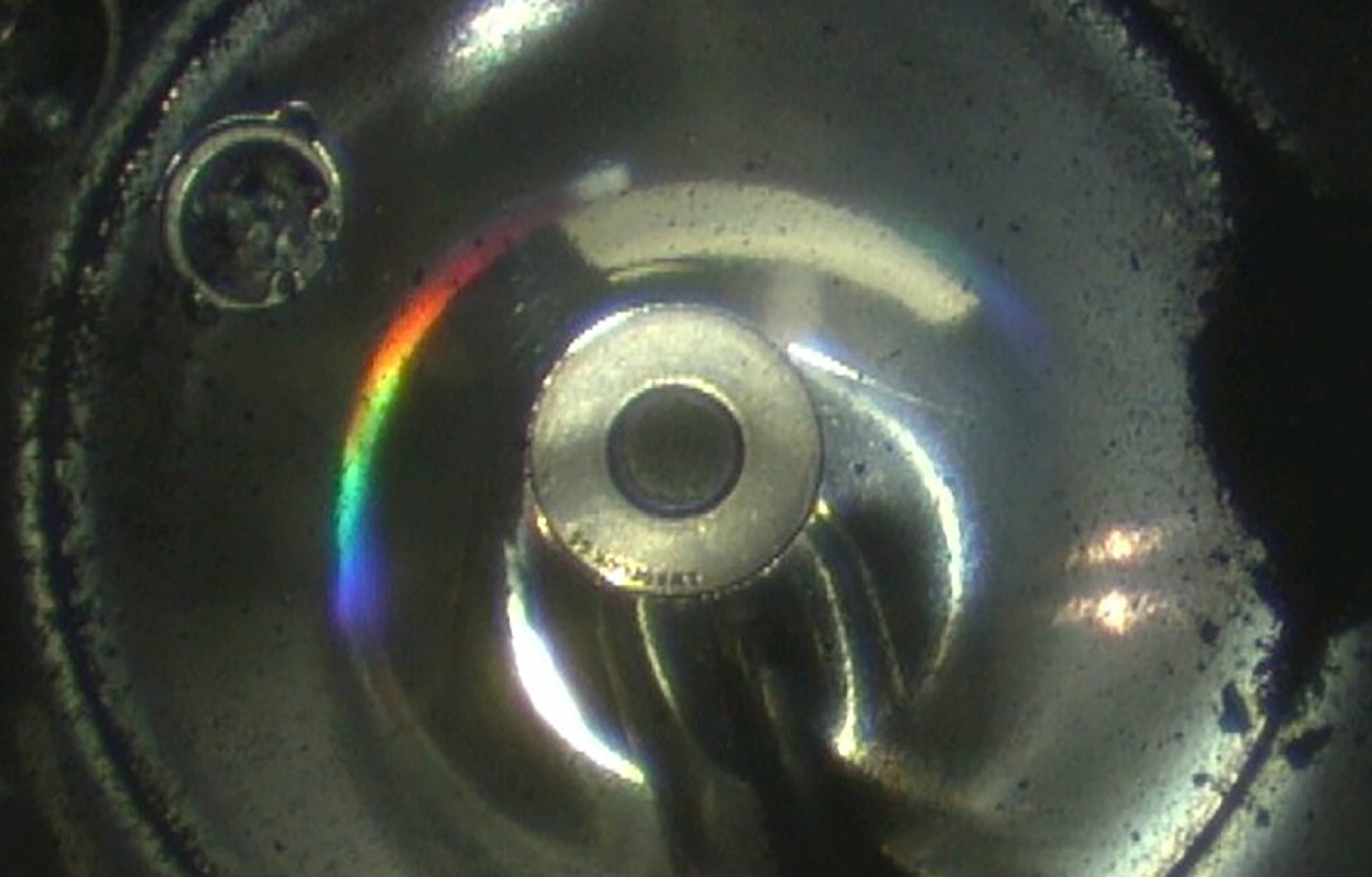Life on Earth may have come from space. At least, that’s the general belief, especially after recent observations of samples from the asteroid Ryugu. According to the researchers looking into the samples, Ryugu appears to contain several “prebiotic organics,” including a few different types of amino acids. These amino acids are often known as the “building blocks of life,” which could further theories that life formed in space.
Or, at the least, that the basic ingredients needed for life to form were delivered to the planet in its infancy by asteroids, meteors, and other space rocks. In fact, the Hayabusa2 spacecraft, which delivered the samples from Ryugu, is just one of a few different missions to determine what asteroids within our solar system are made of.

The hope is that by learning more about the ancient asteroids within our solar system, astronomers will be able to piece the puzzle together and come up with a proven theory on where the origins of life came from. As such, finding the building blocks of life in samples from Ryugu is paramount to that mission to determine where life on Earth came from.
This isn’t the first time we’ve seen evidence that these building blocks for life came from space, either. Other samples taken from meteorites and other asteroids have also bolstered these beliefs by providing data on ancient water that has yet to be contaminated by our own planet. The findings discovered in the Ryugu samples are also consistent with those found in carbon-rich meteorites.
These are often the meteorites that have been exposed to the most water in space, giving us a better idea of what kinds of water might form in space so that scientists can determine how that water formed and from where it might have come from. Determining that could allow us to determine where water on Earth originated.
The research into the Ryugu samples is published in the journal Science. The researchers plan to compare the Ryugu sample with that taken from the asteroid Bennu when NASA’s OSIRIS-REx mission returns to Earth later this year.







